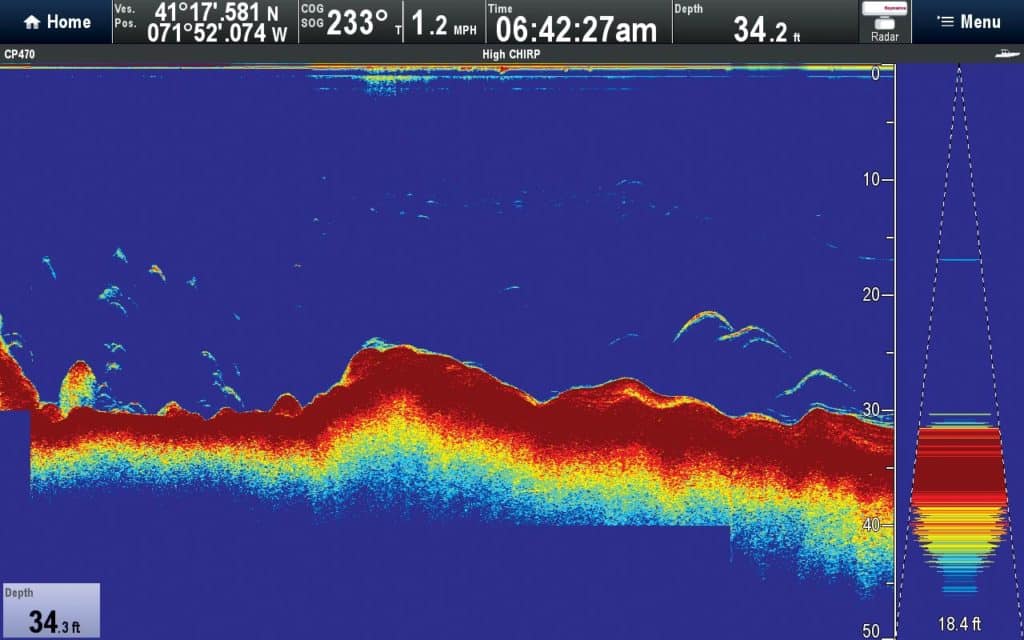
“Those are white seabass,” said Capt. Mark Wisch, peering at the fish-finder display in the dark of night as we bobbed in 120 feet of water on the backside of Santa Catalina Island off Southern California.
“Get your bait close to bottom,” he said. I promptly dropped a live squid on a lead-head into the depths. Within seconds, I was hooked up. A series of violent head shakes were all I needed to assume that Wisch was correct.
Five minutes later, the captain sunk the gaff in a silvery 45-pound white seabass, a glory fish that locals call a tanker.
Sophisticated fish finders and sonar systems from brands such as Furuno, Garmin, Humminbird, Lowrance, Raymarine and Simrad make it pretty easy to distinguish fish from other underwater elements such as wrecks or the seabed.
However, there’s one thing these advanced echo-sounding devices cannot do: identify a particular species of fish or any other sea creature. Yet skippers such as Wisch and others have learned how to ID species they see on fish finders. How do they do it?
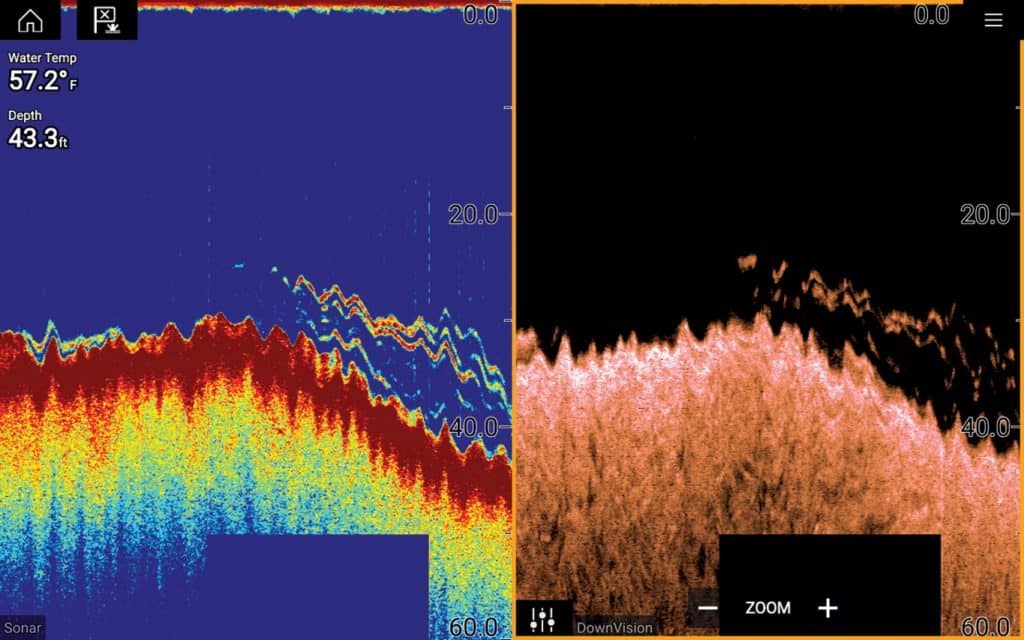
Keys to Learning
One of the steps in recognizing species is developing an understanding of how echo sounders work. To simplify things, think in terms of bouncing a tennis ball. On dense surfaces, it bounces well. On softer surfaces, it does not.
Similarly, fish-finder signals bounce strongly off certain parts of a fish, including the skeleton and air bladders, Wisch explains. So it’s also important to understand the anatomy and habits of different fish. This can lead you to identify a particular species you mark.
“For example, croakers like white seabass have heavy bone structures and large swim bladders,” says Wisch, “so the croakers generate relatively large marks on a fish finder.
“White seabass also move slowly, and so on a stationary boat, they tend to stay inside the sonar beam angle longer,” he adds. This results in elongated returns, sometimes called “worms,” on the fish-finder display. On the other hand, California yellowtail, a species of amberjack that often feeds in the company of white seabass, tends to move through the beam angle quickly, so the returns are more like diagonal streaks.
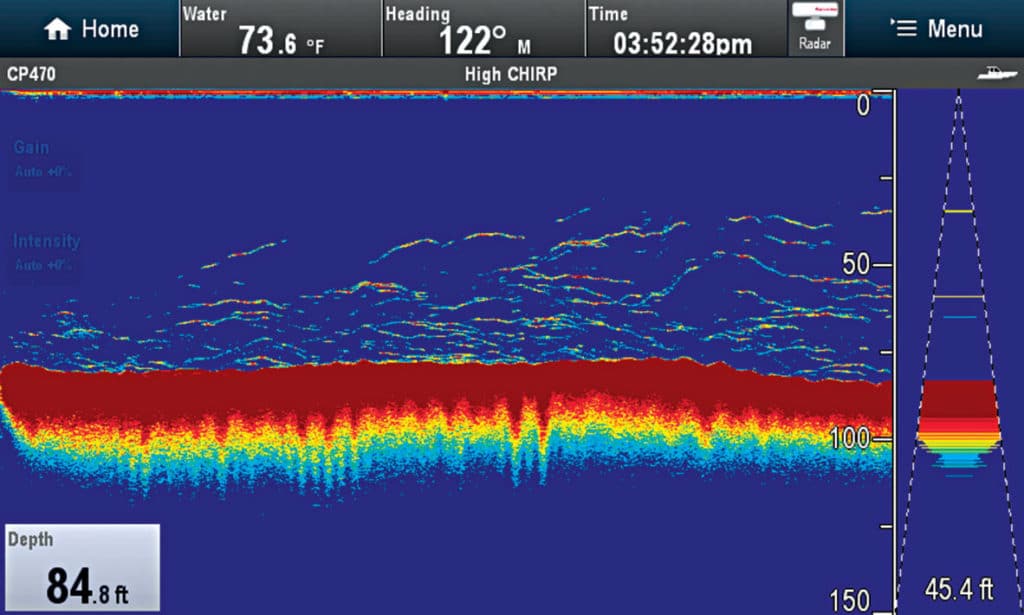
Study the Returns
One of the easiest ways to acquire species-ID skills lies in correlating returns on the fish finder to the fish you are catching, says Capt. Tom Pitasi, who guided trips in eastern Long Island Sound for 19 years and now manages the pro staff for Raymarine.
“After years of comparing fish marks to what’s biting, I’ve learned to distinguish striped bass from bluefish returns,” says Pitasi. Striped bass tend to appear as pronounced arches (“boomerangs,” as they are called), Pitasi says.
Striped bass are relatively thick, endowed with heavy bone structures and large swim bladders. They generate larger, more elongated marks than the slimmer bluefish, Pitasi says. “Bluefish show as shorter, rounder marks.”
Pitasi fishes with the Raymarine CP470 CHIRP sounder with an Airmar B175H transducer aboard his 205 Triton 26-foot center console, targeting striped bass and bluefish along the rips and reefs off Rhode Island.
“Most of the time, we’re after striped bass,” he explains. “So it is helpful to know how to distinguish schools of stripers from bluefish, which often feed in the same waters.”
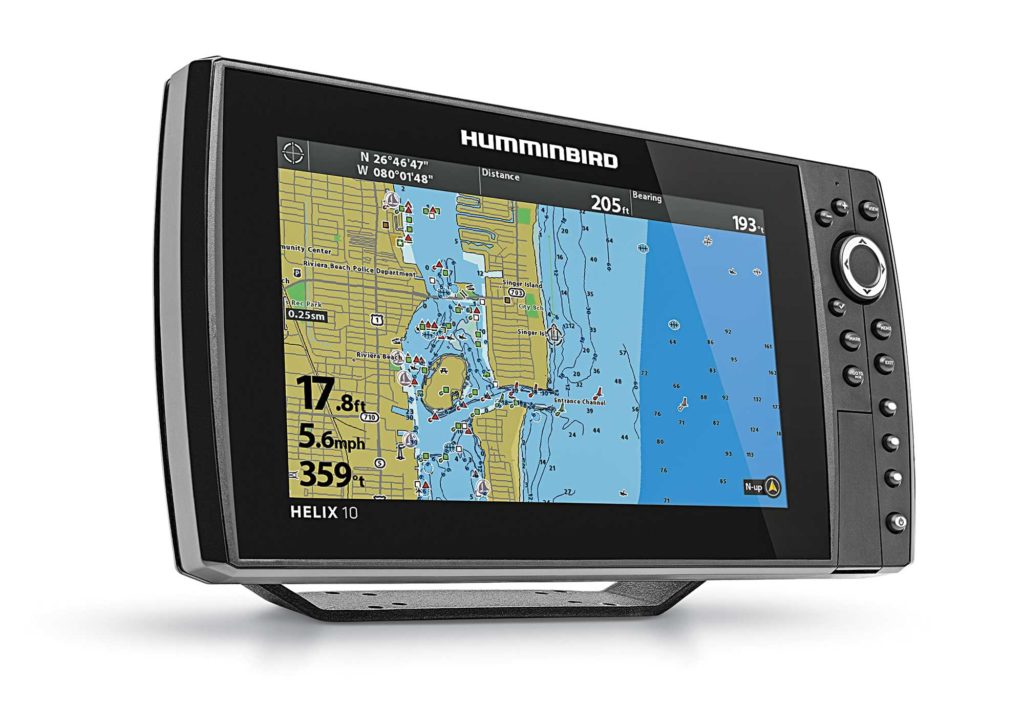
Bait School
It’s not always about finding the right target fish. Sometimes it’s more important to first find the right bait. For instance, when opalescent squid migrate off California, a host of game fish follow, including California halibut, white seabass and yellowtail.
Distinguishing squid from anchovies and sardines becomes mission critical. “You need to remember how fish finders work in relation to anatomy,” says Wisch. “Squid are soft-bodied, with no bones or swim bladder, and barely mark on a fish finder.”
On many color fish finders, all you see is blue fuzz when a school of squid passes under the boat, as opposed to the distinctive red blob from a school of sardines. “When you see the weaker marks, you know you’ve found squid,” Wisch says.
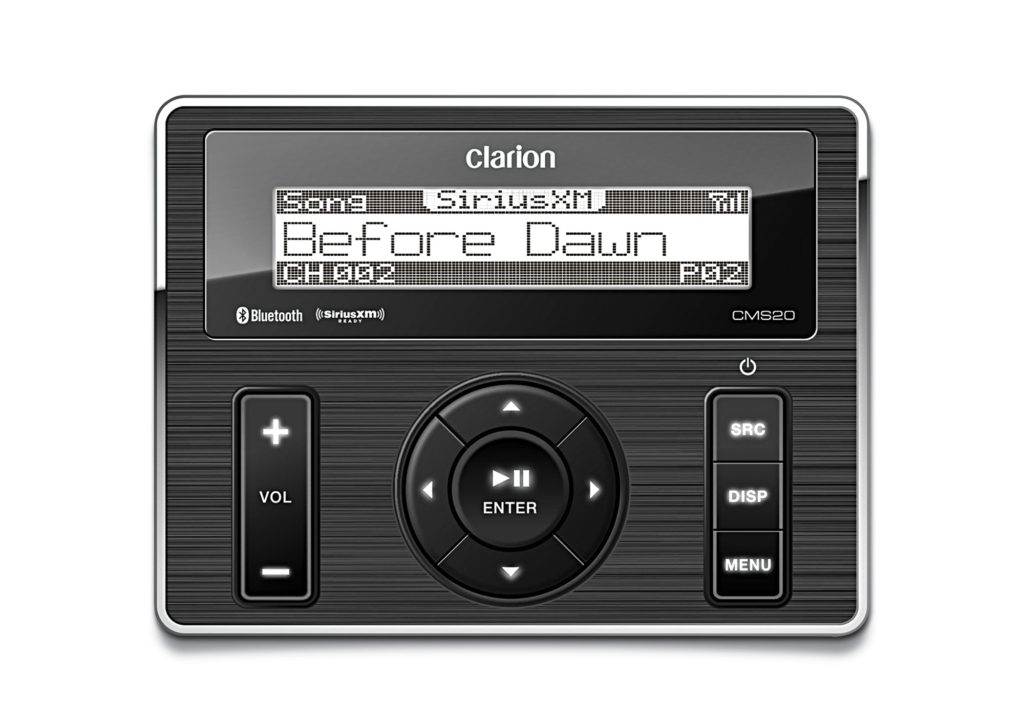
Retain the Settings
Another key to expert identification is using identical settings all the time, then carefully comparing the marks, says Capt. Mark Coleman, who charters in Washington State and Costa Rica.
Coleman’s boats are also equipped with Raymarine CP470 CHIRP sonar systems with Airmar B175M transducers. “The 85 to 135 kHz bandwidth (of the B175M transducer) offers good all-around versatility for finding bottomfish as well as pelagic species when offshore fishing,” he says.
Identifying species is particularly helpful when pursuing albacore in the Pacific Northwest, Coleman discovered. “We basically mark two species when fishing offshore — schools of tuna (albacore) and groups of blue sharks, but we are interested only in tuna,” he says.
“After carefully studying the marks, we found that the slow-moving blue sharks look like blobs, while the fast-moving tuna show up as exaggerated streaks. We learned that when we stopped to fish the blobs, all we caught were sharks, but the streaks produced tuna. So now we don’t stop on the blobs.”
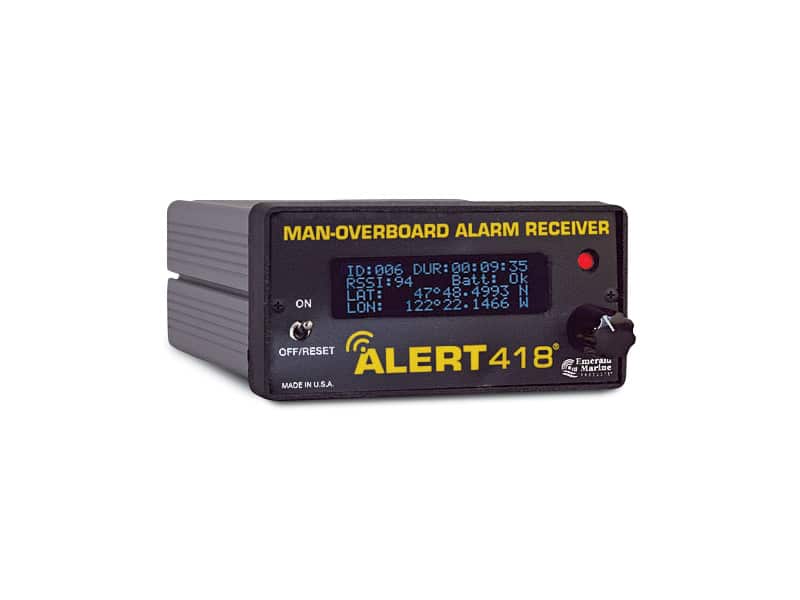
In order to make this distinction, it’s important to maintain the same fish-finder settings all the time. Changes in the sensitivity, for example, alter the characteristics of the marks. That means you might not learn to recognize the species unless you maintain consistent settings.
With the introduction of features such as chirp technology and side-looking sonar, fish finders have progressed mightily in the past few years. Yet, ultimately, the effectiveness of these systems hinges on your dedication to learning how to use the technology and studying what’s on the screen. Put in your time and you can learn to translate the marks and ID the species.









